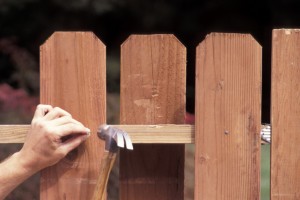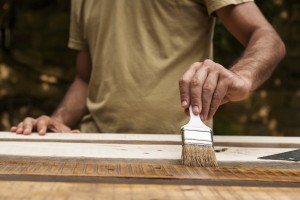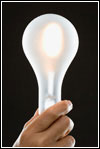Five Tips to Keep in Mind when Replacing the Windows on Your Edmonton-Area House or Condo
Friday, July 25th, 2014 After the purchase of a house in Spruce Grove, Parkland County, Stony Plain and the entire Edmonton region, there could be, for one reason or the other, the need to replace its windows. It is always advisable to keep in mind the tips below when replacing windows.
After the purchase of a house in Spruce Grove, Parkland County, Stony Plain and the entire Edmonton region, there could be, for one reason or the other, the need to replace its windows. It is always advisable to keep in mind the tips below when replacing windows.
Decide Whether Or Not the Process Will Be Done By a Professional
The success of any window replacement project depends on the type of window chosen and the quality of workmanship used during the replacement. A buyer can use metallic or wooden windows for replacement. Using a reputable installation company gives the owner an assurance of getting quality services. It is advisable to use a company that offers a warranty on parts and labour in addition to the products themselves. If you as a homeowner plan to replace the window yourself, be absolutely sure that you’re capable of the task before attempting it.
Consider the Amount of Time That The New Windows Should Serve
Where a replacement is meant to increase the house value during resale, the priorities may be different than for those who simply want to fix cracked or chipped glass. Energy saving, ease of maintenance and beauty are the most common upgrade considerations. With vinyl windows, homeowners can get back about 71 percent of their investment. Where this replacement is for the owner’s benefit, it’s important to consider warranties and repairs, quality and durability, design and appearance, ordering and installation, price, and energy efficiency. In short: the price of the window itself isn’t the total cost.
Narrow Your Options on Warranties
Whether the warranty covers broken seals and air leaks, or labour and glass breakage, it is advisable to determine how long this coverage will last. Get these warranties from a reputable company and determine the course of action should this company go out of business. The company has to carry liability insurance and must be licensed to work within the locality of the house. Most importantly, ascertain whether or not these warranties are transferable to the next homeowner.
Carry Out Proper Prior Preparation
It is important to prepare before the replacement process begins. Apart from being sure of the cost, it’s advisable that homeowners remove blinds and curtains from these windows. They should also alert their alarm company and create enough working space around the windows to ensure that the process is done efficiently and fast.
Try To Make the Entire Process Fun
The project will only be fun if the result will bring comfort, a sense of security and beauty. Decisions about the price and energy efficiency should be made with everyone’s comfort in mind.
These tips will also be applicable to anyone with Parkland County acreages, as well as Edmonton acreages. Several years after construction, there may be a need to replace windows; hopefully, the above tips are useful.
Comments or questions are always welcome. Call or text me at 780-910-9669, email me at barry@barryt.ca, or contact me here.





 When it comes to the winter season in Alberta, some definite certainties are snow, ice, and freezing cold temperatures. But just because it’s cold outside doesn’t mean it has to be cold inside. While the elements can make it more challenging to keep warm in a cost-effective way, there are things that homeowners in the Spruce Grove, Stony Plain, Parkland County and the Edmonton region can do to lessen the amount they pay to heat their homes. Here’s a list of five easy ways for homeowners to cut their heating bills this winter.
When it comes to the winter season in Alberta, some definite certainties are snow, ice, and freezing cold temperatures. But just because it’s cold outside doesn’t mean it has to be cold inside. While the elements can make it more challenging to keep warm in a cost-effective way, there are things that homeowners in the Spruce Grove, Stony Plain, Parkland County and the Edmonton region can do to lessen the amount they pay to heat their homes. Here’s a list of five easy ways for homeowners to cut their heating bills this winter.




